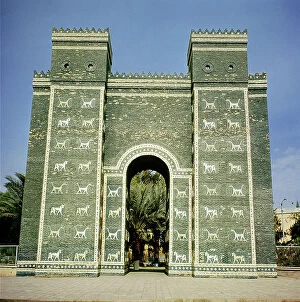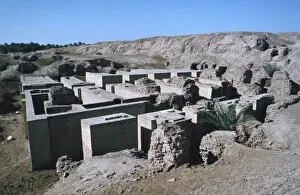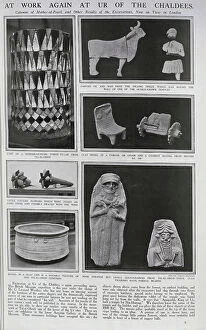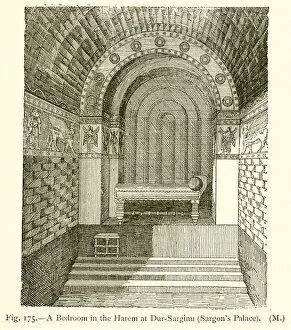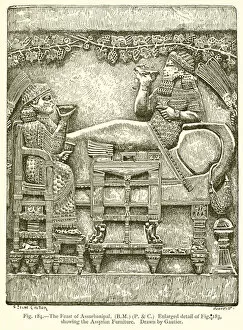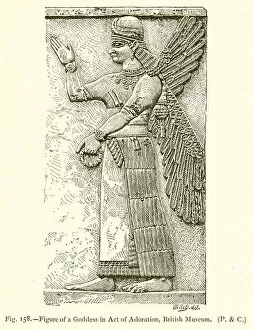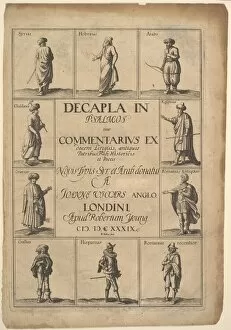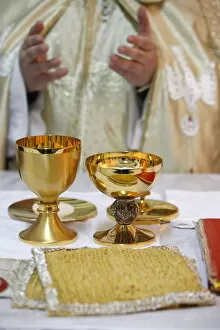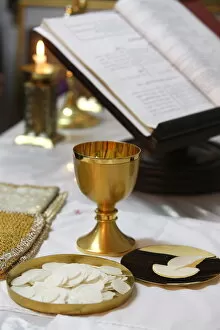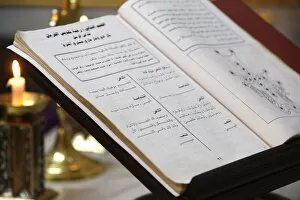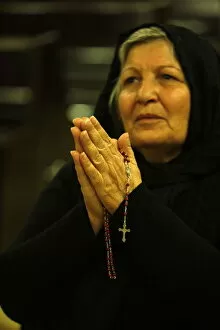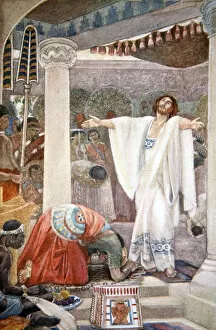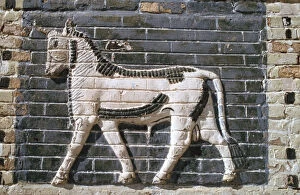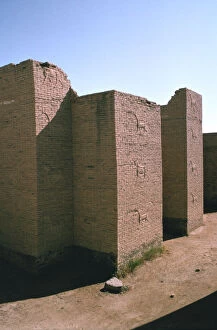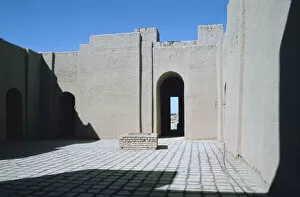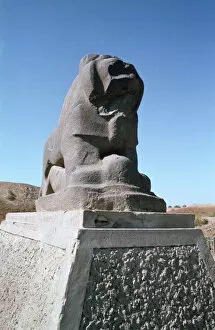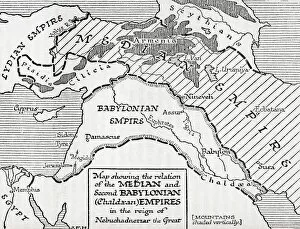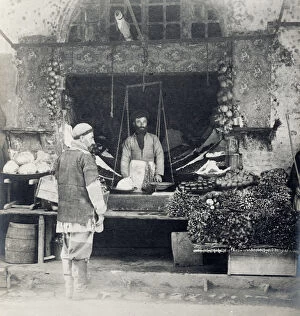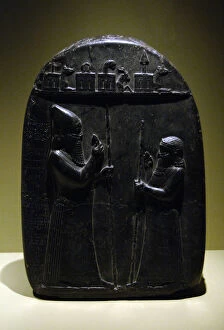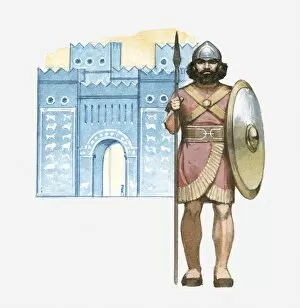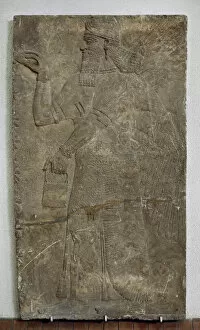Chaldean Collection
"Exploring the Rich Heritage of Chaldean Civilization
For sale as Licensed Images
Choose your image, Select your licence and Download the media
"Exploring the Rich Heritage of Chaldean Civilization: Unveiling Artefacts from Tel-El-Obeid" Step into the captivating world of ancient Chaldea as we delve into the remarkable artefacts discovered during excavations at Tel-El-Obeid. These archaeological treasures offer a glimpse into the vibrant culture and history of this enigmatic civilization. Amongst these findings, one cannot overlook the awe-inspiring Kudurro (stela), which showcases intricate carvings depicting Marduk-apla-iddina II or Marduk-Baladan, prominent rulers of Chaldea. This stela serves as a testament to their power and influence in shaping the region's destiny. As we continue our journey through time, vividly colored engravings from "Costumes of the World" transport us to an era where fashion was an expression of identity and social status. The meticulous details captured in these illustrations provide invaluable insights into Chaldean attire. A visit to Dur-Sarginu takes us inside a bedroom within Sargon's Palace, offering a rare glimpse into royal life during that period. Through detailed engravings, we witness opulent furnishings and exquisite décor that adorned this harem - a sanctuary for relaxation amidst grandeur. The Winged Genius engraving from Louvre mesmerizes with its divine beauty and symbolism. This celestial being represents protection and guidance, embodying beliefs deeply rooted in Chaldean spirituality. Moving on to Nimroud, we encounter an Eagle-Headed Divinity standing beside the Sacred Tree - an emblematic representation central to Chaldean religious practices. Its presence signifies reverence towards nature's interconnectedness with divinity. The Assyrian Standard engraving unveils military might intertwined with cultural significance; it symbolized unity under Assurnazirpal's reign while inspiring loyalty among his subjects.

